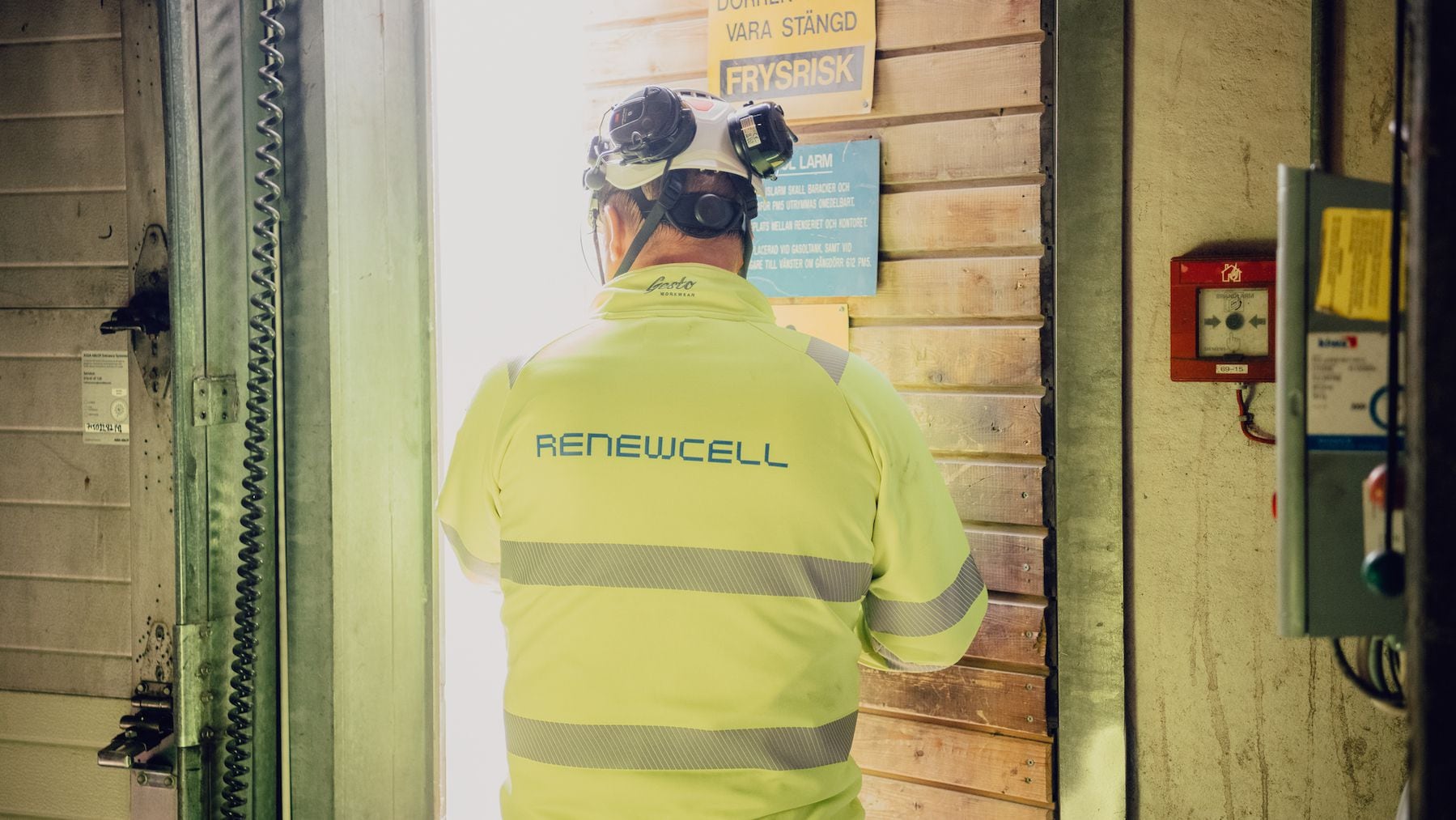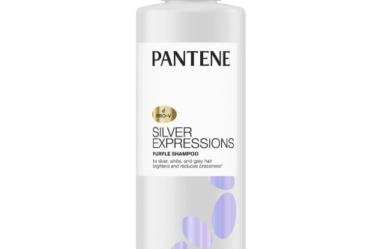
Late in December 2022, Swedish recycler Renewcell shipped the first batch of raw material from an industrial-scale plant it had built to transform textile waste into feedstock for new fabrics.
The moment, which had been more than a decade in the making, was seen as a landmark step in efforts to bring more sustainable material innovations to market. While many buzzy start-ups had promised to disrupt fashion’s established supply chains with more climate-friendly alternatives to leather, polyester and viscose, Renewcell was one of the first to actually offer the industry a glimpse at commercial availability with its recycled cellulosic pulp, Circulose.
It took five months for everything to unravel.
In October, the company flagged weaker-than-expected demand for its product, warning it would likely fail to reach its target to generate as much cash as it was spending by the end of the year. On Sunday it filed for bankruptcy, after failing to secure long-term funding to ensure continued operations.
The news sent shockwaves through the industry, prompting an outpouring of support and calls to rescue the business.
“This is not only a failure for Renewcell, but a collective failure driven by the lack of urgency and misalignment in a complex system across brands, supply chain partners and investors,” innovation platform Fashion for Good wrote in a LinkedIn post Tuesday. “Working in unchartered territory is never easy. While this chapter may be challenging, it is also an opportunity for actors to step up in order to bring Renewcell’s operations back online.”
What Went Wrong?
Part of the reason Renewcell’s stumble has caused such consternation is that the company seemed poised for success.
Big brands need materials like Renewcell’s to meet incoming sustainability regulation. The company had a commercial product and was steadily ramping up production capacity. It had purchasing commitments from powerful industry backers and counted H&M Group as its largest shareholder. And it had built a network of 151 suppliers intended to help smooth the path of its recycled pulp from raw material to product.
The explanation for why everything fell apart points to wider structural challenges hampering the adoption of new materials more broadly.
“You have to look at where the system failed here,” said Karla Magruder, founder of industry non-profit Accelerating Circularity, which focuses on supporting the development of textile-to-textile recycling supply chains.
Structurally Challenged
Though reaching commercial scale has been held up as a crowning achievement for material innovators like Renewcell — and a point at which investors expect to start seeing returns — the reality is that it’s just the first step in a much longer and harder slog to really penetrate the market.
The fashion industry isn’t organised to support the process.
Renewcell pitched its material to big brands, but most fashion companies don’t buy raw materials like Circulose directly. There’s a complex, intermediary web of supply-chain players involved in getting material from Renewcell’s Swedish plant into a pair of Levi’s jeans or an H&M dress. All of them need to buy into the process and each additional step adds complexity. Elements that are carefully controlled in a pilot, like quality and price, can easily spiral when new players start working with a material for the first time. Working through those kinks takes time (and often more money) in an unforgiving market where the primary demand drivers for most customers are cost and efficiency.
“This is about changing a system that’s been in place for 150 years that drives towards optimisation and lower costs,” said Nicole Rycroft, founder of environmental non-profit Canopy, which works with brands to support the introduction of materials like Circulose that can avoid deforestation. “Introducing something new into that system requires a timeline of adjustment for all the different players in the supply chain.”
Renewcell made strategic moves to try and overcome these hurdles by developing its supplier network, aiming to offer brands a ready group of spinners, weavers and manufacturers willing to work with its raw material. But this network only accounted for a small fraction of the market, which could make it more complex to source from.
“[This] is a stark reminder of the immense challenges in scaling new materials,” said Fashion for Good innovation director Priyanka Khanna. “A viable innovation in the market does not guarantee adoption.”
No One Wants to Pay a Green Premium
Ultimately everything comes back to price.
Like other materials pitched as more sustainable, Renewcell’s product was more expensive than conventional alternatives. And it launched into a particularly difficult environment.
The industry is still reeling from a post-pandemic pullback in demand, heightened by wider geopolitical and economic uncertainty. Meanwhile, there’s little evidence consumers are willing to pay more for a more sustainable product, and successive greenwashing scandals have made it harder to convince them any eco claims are genuine anyway.
“It all comes down to a green premium that isn’t there,” said Nicolaj Reffstrup, co-founder of investment fund Look Up Ventures and Danish fashion brand Ganni.
To be sure, there are ways for brands to offset higher costs, but they require time and effort. For instance, Ganni, which has been working to introduce Circulose into its fall collection, has looked at design, material blends and packaging to find ways to balance out the extra spend on fabric.
“There are a lot of practical circumstances you need to overcome,” said Reffstrup. “In the daily grind, you need to decide you want to do this.”
But the bigger concern for much of the industry right now is figuring out how to make operations faster and cheaper to compete with disruptors like Shein.
What Happens Next?
Things are far from over.
Renewcell is hoping to find a buyer within the next month, its bankruptcy administrator, Lars-Henrik Andersson, told local Swedish paper Sundsvall Tidning this week. “There has been a lot of interest in the past and I hope and expect it to remain after the bankruptcy,” he said.
Recycled feedstocks for viscose and rayon fabrics could appeal to large manufacturers and other industry players, especially given mounting regulatory pressure to improve fashion’s sustainability performance, according to industry watchers.
In the meantime, Renewcell has said there’s enough supply of Circulose to satisfy the next 18 months to two years of demand.
But if the company isn’t rescued, it could set back wider ambitions to increase fashion’s access to recycled materials in the coming years. The industry is already facing a massive shortfall in supply of lower-impact raw materials by the end of the decade, according to an analysis by consultancies BCG and Quantis with the trade group Textile Exchange published last year.
On the positive side, incoming sustainability regulations are expected to propel demand for more sustainable materials in the long term and there are signs investors still have appetite for the space. Investments in next-generation material start-ups hit $500 million last year, up nearly 10 percent from 2022, according to a report by think tank Material Innovation Initiative published this week.
The risk is that Renewcell’s current crisis — the latest in a string of high-profile failures in the space over the past year — will slow investment and suppress appetite for new materials within brands, said Fashion for Good’s Khanna.
Even Ganni, which remains a staunch supporter of new materials, is introducing a steering committee to assess risks when considering whether to invest the time and effort involved in adopting new materials going forward. “Coming from the tech world, I anticipated a lot of crash and burn with fabrics of the future,” said Reffstrup. “It’s not going to stop us … but I’m also a little concerned.”
Industry insiders are hoping the crisis at Renewcell can serve as a wake-up call, galvanising action to address some of the structural hurdles facing innovators. It’s one factory, Reffstrup said, and hopefully not the last.



